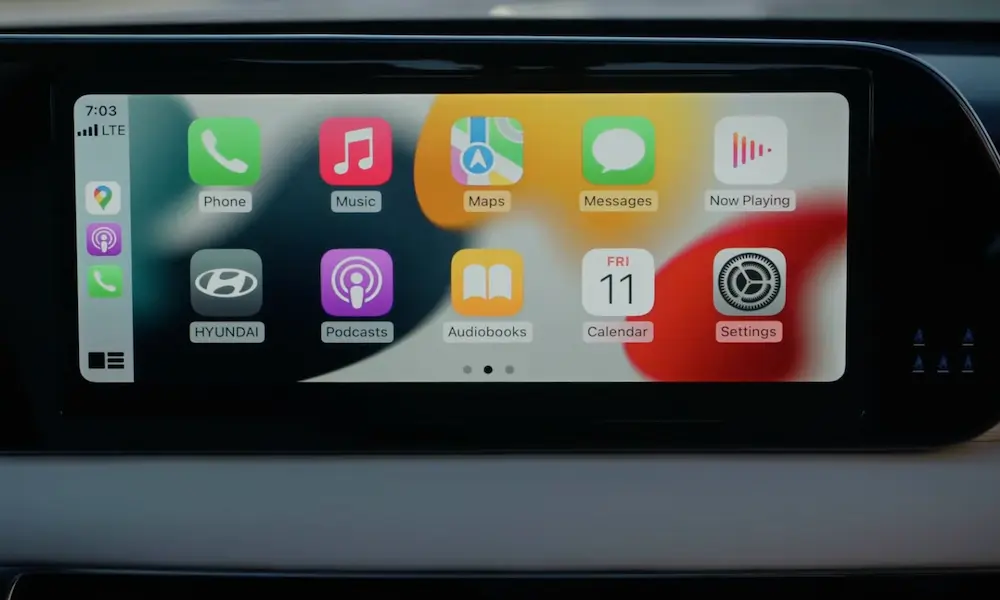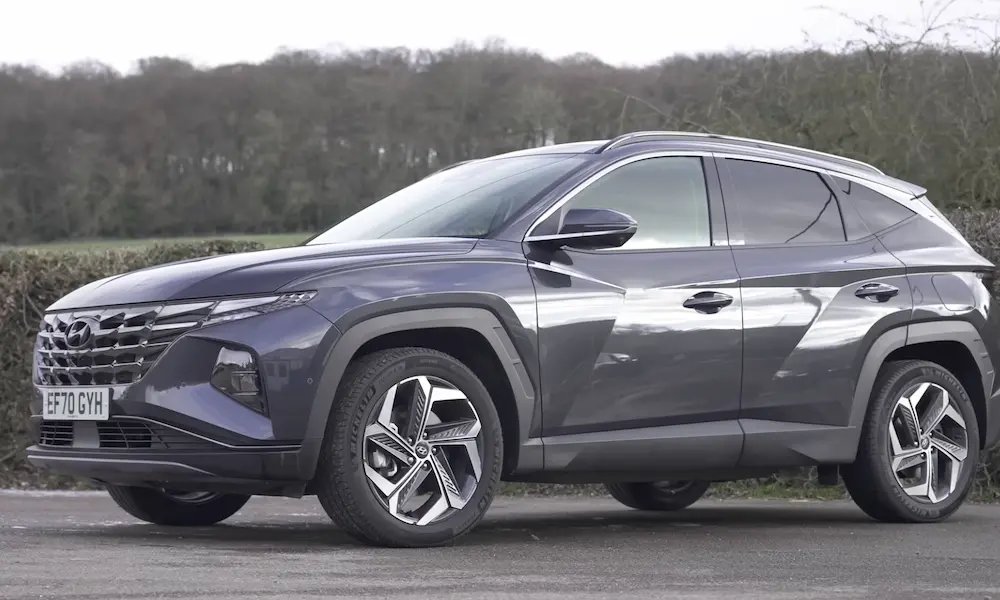Hyundai comes with so many safety systems, one of them being the Autonomous Emergency Braking (AEB). It has the primary responsibility to prevent collision through alerts and automatic braking.
Like many safety systems, people encounter problems with the AEB. When issues arise with the system, a warning message appears on the dashboard which is the check AEB system. The warning message also comes with other warnings, like the yellow AEB warning light will stay on.
What is Hyundai Check AEB System
The check AEB system is an alert that comes up whenever something is wrong with the AEB system. It is caused by damaged or dirty sensors related to the AEB system.
AEB stands for Autonomous Emergency Braking. It is a system that reduces the chances of a vehicle having a collision or at least reduces damages in the event of a collision.
Automatic emergency braking uses radar, cameras, or Lidar strategically positioned in the vehicle. This component makes up the tracking technology that monitors the movement of cars and other objects in front of the vehicle.
The tracking technology detects the danger ahead when there is a potential collision. The system will then alert the driver; if ignored, the brakes are automatically deployed.
Automatic brakes will be activated by the AEB system only during slow driving. Distance between 5 to 50 miles per hour, the AEB system will apply brakes to stop collision.
Causes of Hyundai Check AEB System
Below are the causes of Hyundai check AEB system warning message.
1. Dirty sensors
The AEB system makes use of radar, cameras, or Lidar to be able to detect incoming collisions. Any obstruction to the tracking technology will affect how the AEB functions.
Often, dirt can accumulate in areas where these tracking technologies are located and do not allow them to function as they should.
In some cases, it may not be dirt; it could be heavy rain or snow stopping the tracking technology from properly tracking incoming vehicles or objects.
2. Sensors too or cold
Many people do not know this, but sensors and tracking technology can be affected by extreme temperatures. When the tracking technology becomes too hot, it could damage sensors, cameras, and radar.
Many tracking devices used by cars are made using plastic materials or have major parts made from plastic. When exposed to high temperatures, these parts break down, causing the device to stop working.
Also, in colder temperatures, electrical components in the car become less efficient, which include the sensors.
3. Malfunction with the AEB
Another problem that could trigger the AEB alert is a malfunctioning system. It could be caused by software errors, issues related to the ECM, and more. When this happens, you may receive false alerts when the system works fine.
4. Issue with the ECU
The ECU is the computer system in a vehicle that monitors and controls significant aspects of the car, including the AEB system. When the ECU is failing or has a software issue, it cannot process data and make accurate decisions based on those data.
What then happens is that the ECU will not be able to monitor and control the activities of the AEB system properly. It may leave the system in a fixed position or malfunction. At this point, a check AEB system alert will appear on the dashboard.
5. Wiring issue
A wiring issue may be a disconnection or corrosion affecting electrical current flow or obstructing communication between various AEB system components.
A wiring issue can stop the system from receiving adequate electrical current. In this situation, the system cannot work correctly and may remain dormant.
A wiring problem could prevent the sensors or tracking devices from feeding the system with information. It will ultimately put the system in the dark and make it unable to function.
Whichever wiring situation it is, a check AEB system warning alert will be triggered until the problem is solved.
6. Turned off AEB
When the AEB system is turned off for an extended period, It could trigger the warning message. The alert reminds the driver to turn on the AEB system in this situation.
How to fix Hyundai Check AEB System
A Hyundai checks AEB system alert can be caused by various factors, as shown above; the first step to a fix is proper diagnosis. You can diagnose properly by physically inspecting related parts or using a diagnostic scan tool.
Below are ways to fix Hyundai check AEB system.
1. Clean sensors
The sensors of the AEB system are usually located at the front of the vehicle. It could be at the upper or lower vent or behind the front emblem. Make use of the vehicle’s manual to get a clearer understanding of its location.
Once the sensors are located, ensure they are cleaned adequately. If you must, take out the sensor to have a thorough cleaning.
2. Malfunctioning AEB system
When the AEB system is malfunctioning, it is best to have a professional handle the repair. Repairing a malfunctioning system can be tricky and tied to other underlying problems in the vehicle.
3. Repair wiring issues
You will have to get an exemplary diagram of the wiring connection in the vehicle. It is usually included in the vehicle’s manual. Locate the wires related to the AEB system and sensors.
Once you can access the wire connection, examine them for damage like corrosion, exposed wires, disconnection, and more. If any damage is seen, replace the wire immediately.
4. Turn on the AEB system
If the AEB is turned off and the check AEB system alert still comes up, turn it on to ensure the system works fine. To turn on the system, follow the steps below.
1. Navigate the driver assistance and select the forward collision avoidance option.
2. Check the box next to the forward collision avoidance option.
3. Navigate to forward collision warning and select from the late, normal, or early options.
4. You can also turn on the forward cross-traffic safety feature.
Final Thought
You can always turn off the feature if there is a problem with the AEB system and it affects driving conditions. There is an option to turn on all the system’s features, and you can use the car manual to have it done in no time.














